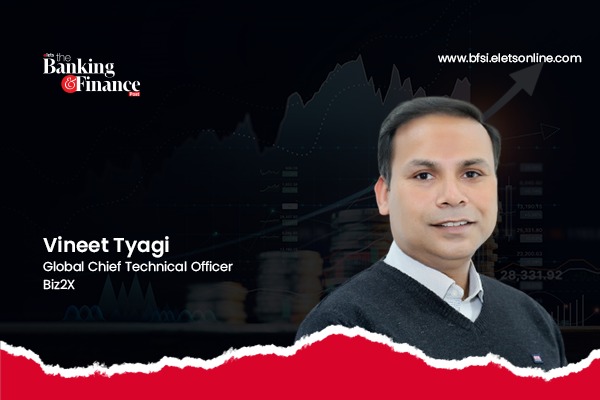The vast financial-inclusion agenda of India has taken a serious turn but is still inaccessible by MSMEs of the country. Only the fully-backed and technologically forward digital banks can streamline this gap and provide flawless credit access to the micro and small enterprises.
The micro and medium sized enterprises have become the backbone of the flourishing economy of India along with growing entrepreneurship and employment opportunities. These sectors cumulatively account for 30% of the total GDP of the nation. MSMEs also employ 40% of the total workforce and have the potential to contribute and help the nation become a $5 trillion economy. Hence, it requires a foolproof input and financial ecosystem to develop from small to larger and mature enterprises. And the only support system MSMEs demand can be fulfilled by digital lending that allows easy credit access.
MSMEs are under credit scarcity due to the lack of credit worthiness. The formal lenders can only assist 40% of the small businesses as they find it difficult to assess other’s preference for collaterals and credit history which is a result of financial data to rely upon. As a result MSMEs face a credit crunch of nearly $1.1 trillion as of their current requirements. These companies are still unaware of the furnishing digital lending availability and are struggling to create credit history. Moreover, it also adds a huge cost to the MSMEs pockets in order to ensure their creditworthiness and reach out to the formal lending institutions to seek financial aid. On the other hand, banks are focused to provide lending solutions to the large enterprises and micro finance the small companies in dire need of working capital. The government schemes like Credit Guarantee Trust Fund for MSEs and Scheme of Fund for Regeneration of Traditional Industries have helped bridge the gap but the effect is feeble.
The bigger problem of credit access can only be solved by adopting an ecosystem approach that allows MSMEs to gain financial trust and enhance their presence in the market. Emerging fintech companies in India are working progressively towards providing the credit facilities based on three specific forefronts; digital lending, data sets for underwriting, and co-lending with traditional banks and lenders in the financial sector. The fintech industry is equipped with advanced technology to remove the inefficiencies of the lending structure and promote credit access without any hassle.
The online lending platforms have created a huge impact on the condition and growth of MSMEs. Full-fledged NBFCs are leveraging data and automatic intelligence to underwrite loan applications and enable lending to MSMEs. The anchor ecosystem offered by fintech companies brings large enterprises, lenders as well as vendors under one roof and ease credit access by making large data accessible to banks for deep assessment which otherwise cannot be retrieved in real time. Another phenomenon helping bridge the credit gap for MSMEs is embedded finance. A $7 trillion potential market embedded finance integrated financial service in non-finance ecosystems; thus helping create unified credit interface and further reducing the time to market.
Under embedded finance comes the Buy Now Pay Later model that is massively helping MSMEs to buy/purchase on credit. This particular digital lending integration or service has the potential to become the fastest growing payment option for ecommerce dealing in B2B structure. Another way around to credit access is revenue-based financing platforms catering to D2C brands and SaaS companies that look for seamless credit experience.
Conclusion
With India’s fintech space mopping up around $2.7 billion as investments in the year 2020, digital lending along with embedded financial services can be a potential key player in improving the growth pace of MSMEs and hence create a positive impact in the SME lending ecosystem. It will further bring customized finance and related services in the bigger picture thus creating a paradigm shift for the MSMEs striving towards an access to easy credit and partial financial dependency. In addition to the growth prospect, fintechs and MFIs are getting deeper into the usage of tools such as payment systems and e-invoicing in order to enhance origination, assessment and credit collection for small and medium enterprises and promote an overall flexible yet strong financial flow.
Elets The Banking and Finance Post Magazine has carved out a niche for itself in the crowded market with exclusive & unique content. Get in-depth insights on trend-setting innovations & transformation in the BFSI sector. Best offers for Print + Digital issues! Subscribe here➔ www.eletsonline.com/subscription/




















